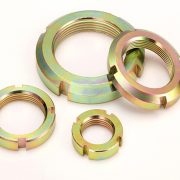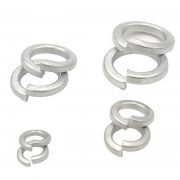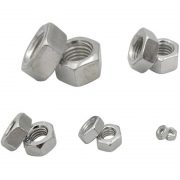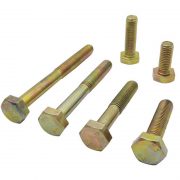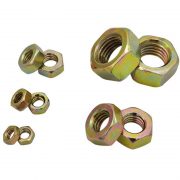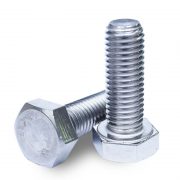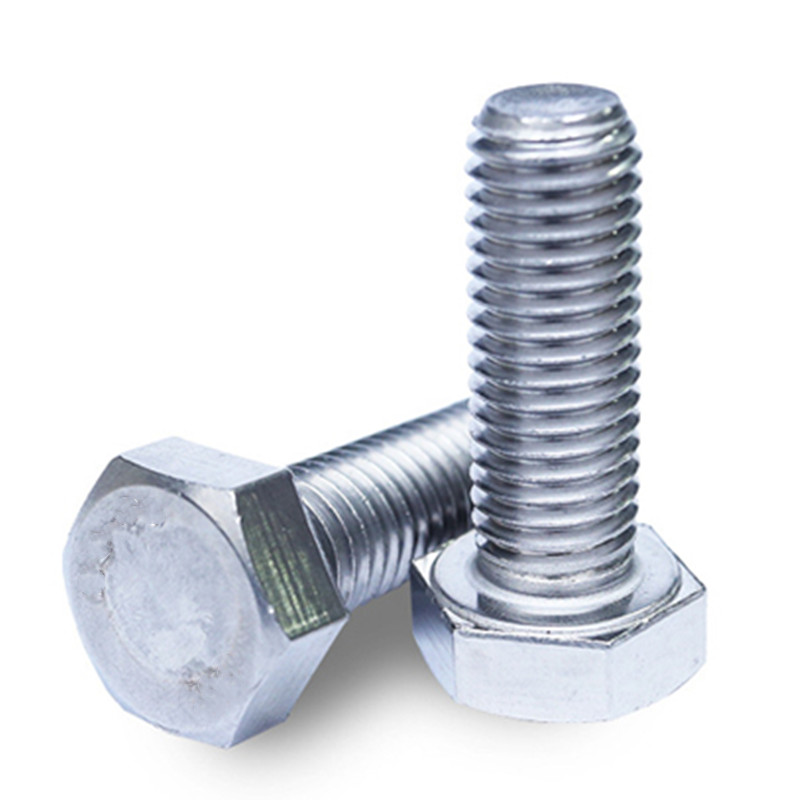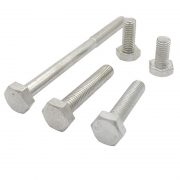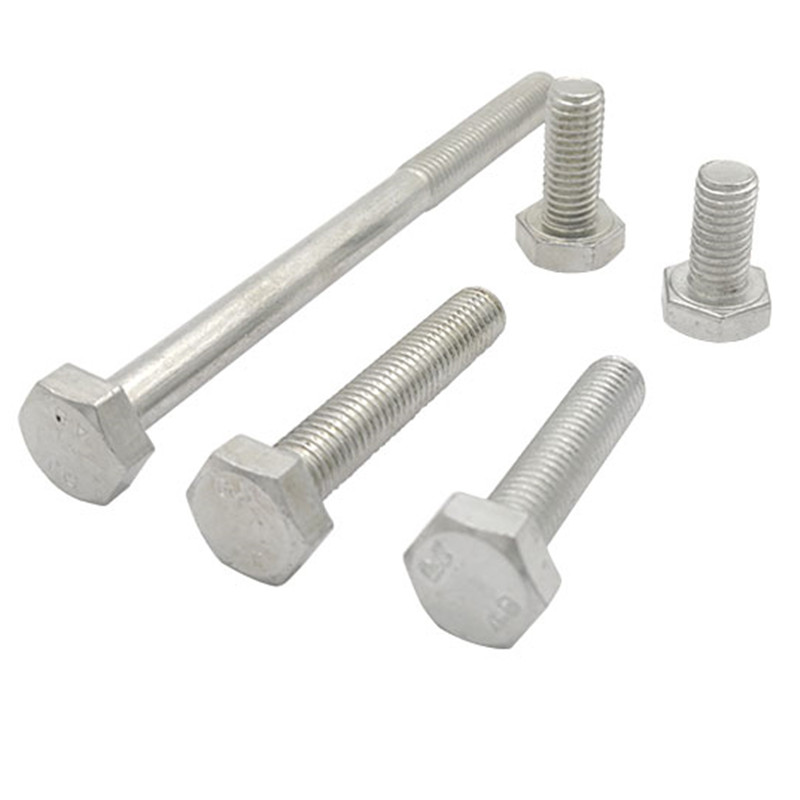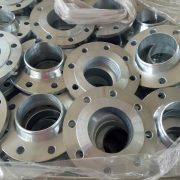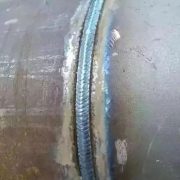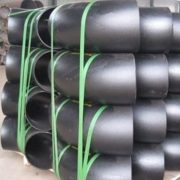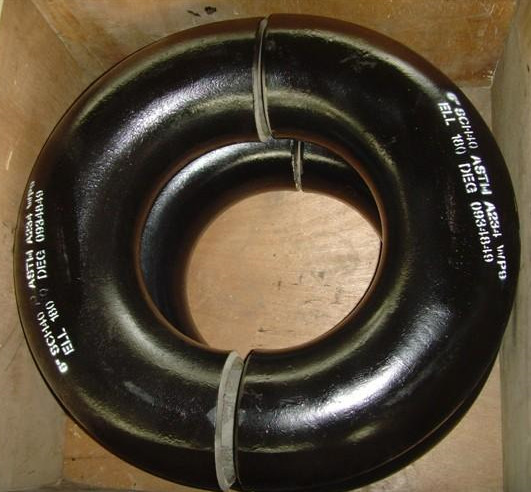Carbon steel weldability and its test evaluation
1. Welding:
A process in which two objects are combined between atoms to form an inseparable whole by heating or pressing, with or without filling materials.
2. Weldability:
refers to the ability of homogeneous or dissimilar materials to be welded to form a complete joint and meet the expected use requirements under the conditions of the manufacturing process.
3. The four major factors that affect weldability are:
material, design, process and service environment.
4. The principles for assessing weldability mainly include:
①Assess the tendency of welding joints to produce technological defects, and provide a basis for formulating reasonable welding procedures;
②Assess whether the welded joints can meet the requirements of structural serviceability; design new welding test methods to meet the following requirements The stated principles: comparability, pertinence, reproducibility and economy.
5. Carbon equivalent:
The content of alloying elements in steel is converted and superimposed according to the equivalent of several carbon content, which is used as a parameter index to roughly evaluate the cold crack tendency of steel.
6. Oblique Y-shaped groove butt joint crack test:
The purpose is mainly to identify the cold crack tendency of the first layer of low-alloy high-strength steel welds and HAZ, and it can also be used to develop welding procedures.
1) Preparation of the test piece, the thickness of the welded steel plate δ=9-38mm. The grooves of the butt joints are processed by mechanical methods, and the two ends of the test plate are welded within a range of 60mm, and the two-sided welding is adopted. Take care to prevent corner deformation and incomplete penetration. Ensure that there is a gap of 2mm at the weld of the sample to be welded in the middle.
2) Test conditions: The electrode selected for the test weld matches the base metal. The electrode used should be strictly dried. The diameter of the electrode is 4mm, the welding current (170±10) A, the welding voltage (24±2) V, and the welding speed ( 150±10) mm/min. The test welds can be welded at various temperatures, and the test welds are welded only one line without filling the groove. After welding, let it stand and cool down for 24 hours, and then take samples and conduct crack detection.
3) Detection and calculation of crack rate. Use the naked eye or hold a 5-10 times magnifying glass to detect whether there are cracks on the surface and section of the weld and heat-affected zone. It is generally believed that when the surface crack rate of low-alloy steel “Xiaotieyan” test is less than 20%, cracks generally do not occur.
7. Latch test:
purpose, mainly to evaluate the hydrogen-induced delayed cracking tendency of steel. With other equipment, it can also measure reheat crack sensitivity and laminar sensitivity.
1) For the preparation of the test piece, take the welded steel processing or cylindrical bolt test bar, take samples along the rolling direction and indicate the position of the bolt in the thickness direction. There is a ring or spiral gap near the upper end of the test bar. Insert the pin test rod into the corresponding hole of the bottom plate so that the notched end is flush with the surface of the bottom plate. For plug test rods with annular notches, the distance a between the notch and the end surface should be such that the penetration depth of the weld bead is tangent to or intersects with the cross-sectional plane of the notch root, but the penetration of the notch root circumference shall not exceed 20%. For low alloy steel, the a value is 2mm when the welding heat input is E=15KJ/cm.
2) In the test process, according to the selected welding method and strictly controlled process parameters, a layer of surfacing weld bead is melted on the bottom plate, the center line of the weld bead passes through the center of the sample, and the penetration depth should be such that the tip of the notch is located in the heat affected zone In the coarse-grained region, the weld bead length L is about 100-150mm. When welding, the cooling time value t8/5 value of 800-500℃ should be measured. When welding is not preheated, load it when it is cooled to 100-150℃ after welding; when preheating before welding, it should be 50- higher than the preheating temperature. Load at 70°C. The load should be applied within 1 min and before cooling to 100°C or 50-70°C higher than the preheating temperature. If there is post-heat, load it before post-heat. When the test bar is loaded, the bolt may break within the duration of the load, and record the load time.
Decho is a professional supplier on carbon steel pipes . If you need any , pls contact us by email [email protected]

